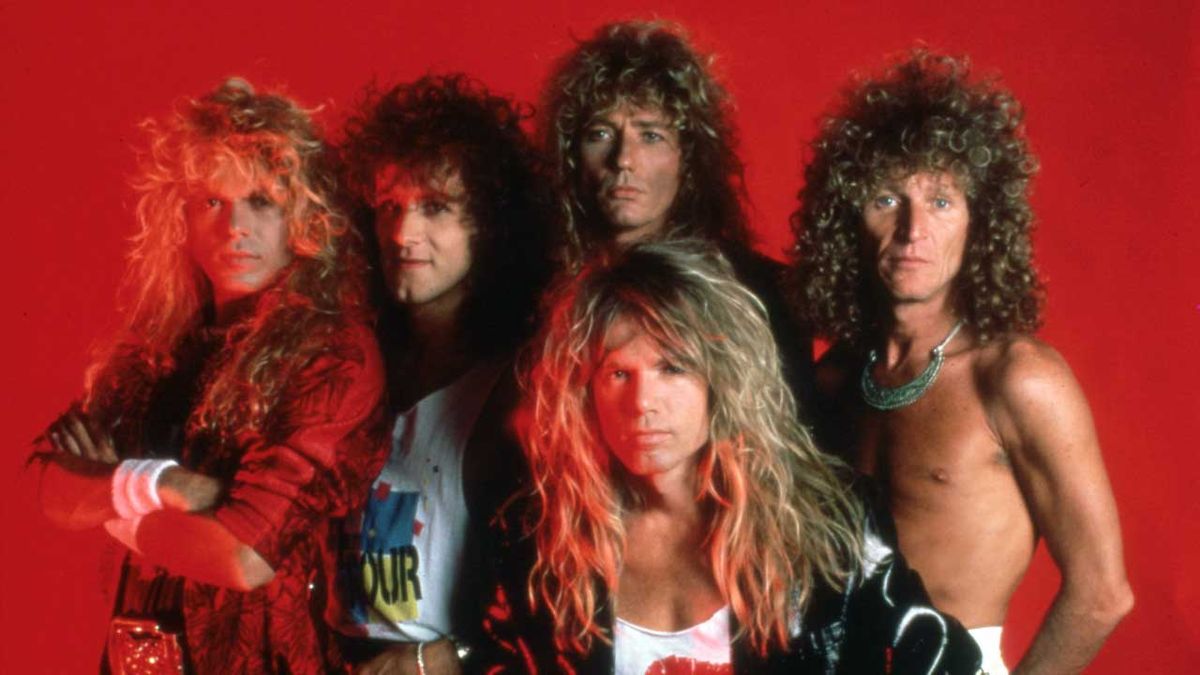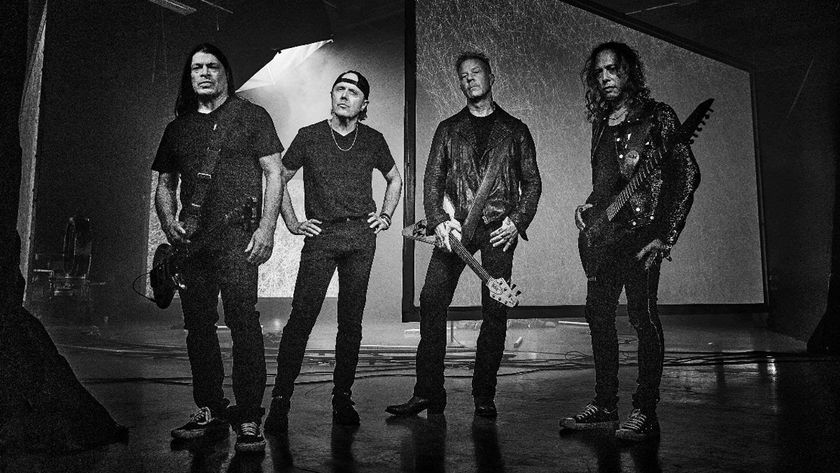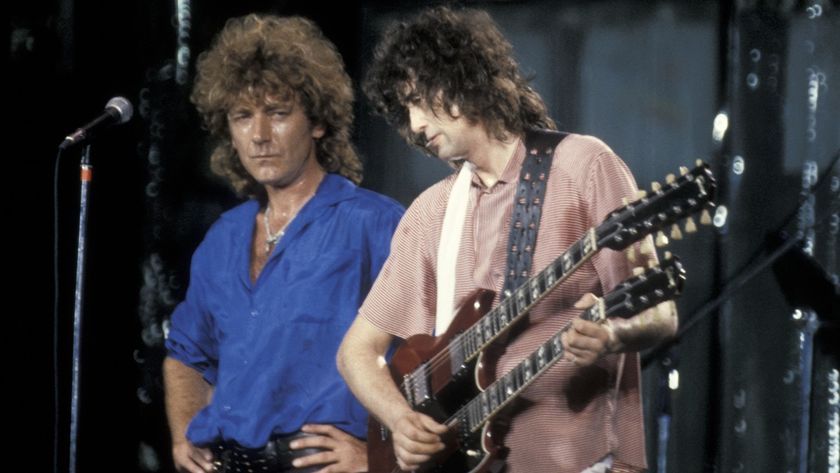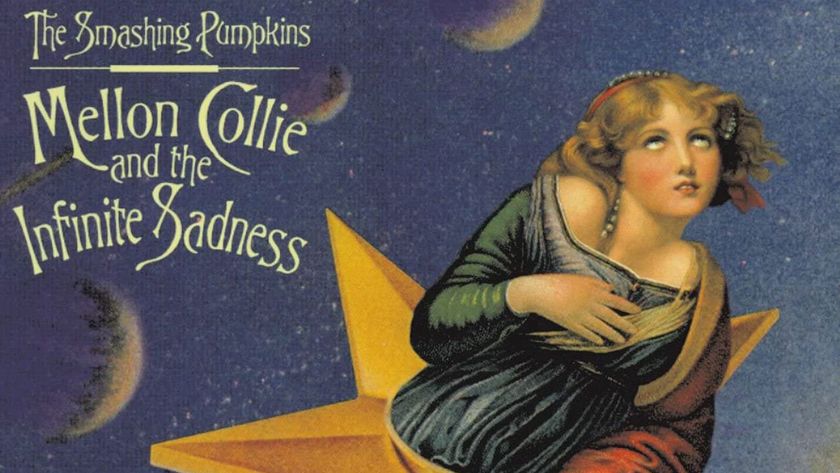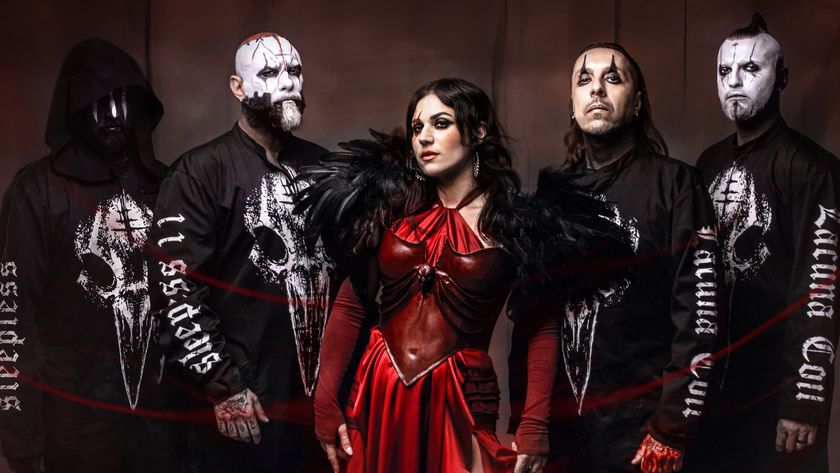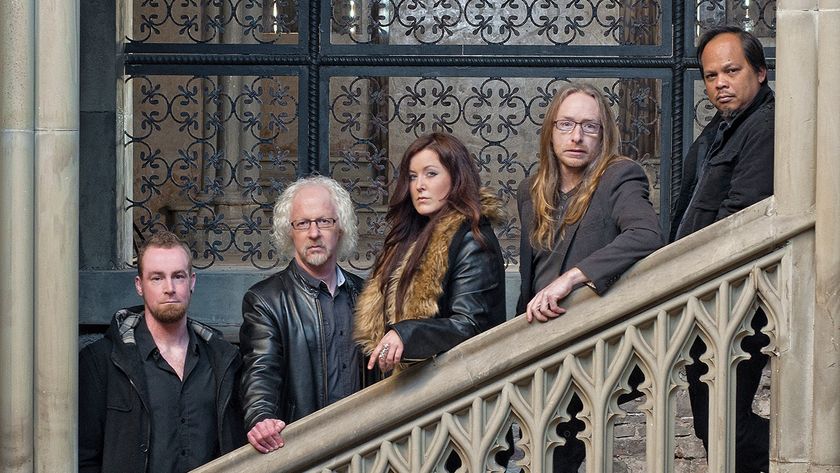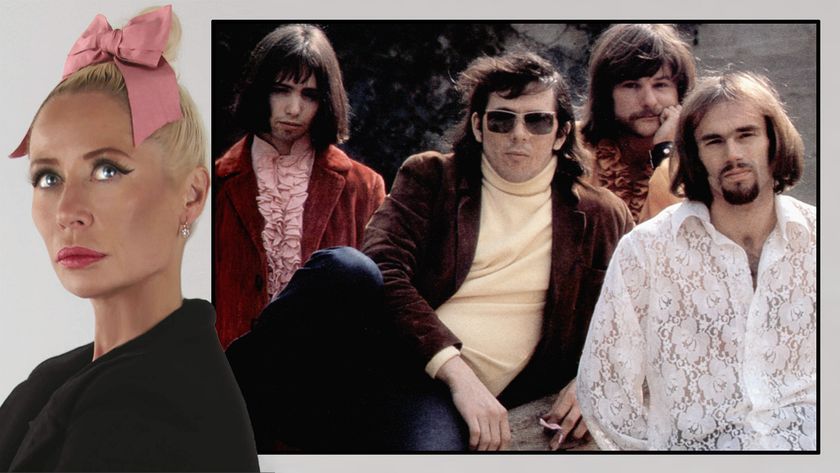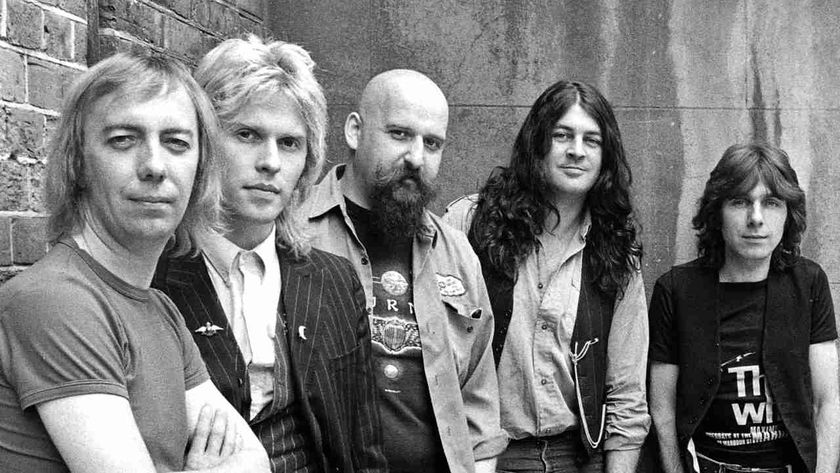In a sense there are two Whitesnakes, both of which command affection and respect, and Whitesnake fans tend to fall into two groups. There are followers of the blues-rock group’s gutsy first incarnation, formed by David Coverdale in March 1978. Others prefer the line-up the former Deep Purple vocalist put together for his crusade to conquer America that began during the middle of the 80s.
On paper, the two versions of the band have little in common. Coverdale brought in the early Whitesnake for their musical expertise and compatible personalities. Guitar mainstays Bernie Marsden and Micky Moody were long gone when 1984’s Slide It In album was released in the US, with ex-Thin Lizzy guitarist John Sykes brought on board to boost the group’s ‘eye candy’ factor. Bassist Neil Murray was also re-hired (briefly), although he was the sole reminder of the Whitesnake line-up that some people still regard as definitive.
A new, image-friendly Whitesnake was about to make an assault on the US charts. Hairstyles and MTV-friendly line-ups aside, the transition owed much to two songs, both recorded by the original Whitesnake. The second of these was Fool For Your Loving, a 1980 anthem controversially reworked nine years later by a line-up that included, perhaps ill-fittingly, Steve Vai on guitar.
But the song that really established Whitesnake in America was Here I Go Again. As a single from the Saints & Sinners album, it reached No. 34 in the UK in 1982. But when Geffen Records requested a US single for the 1987 album five years later, a revised take of Here I Go Again became the band’s first American chart-topper (it also squeezed into the British Top 10).
The song has always been jointly credited to the late Bernie Marsden – a band member between 1978 and 1983 – and Coverdale, although the latter has since offered several differing accounts of his role in writing it.
“I’ve read that David wrote it after his marriage broke up, or that it was written on a boat in Venezuela, which always mystified me,” Marsden said. “It actually began as a two-track demo at my old house in Buckingham, with the opening line ‘I don’t know where I’m going’, the chorus and the riff. It existed towards the end of the sessions for the previous album, Come An’ Get It [in 1981], and we tried to record it at Rock City in Shepperton. But it was during the sessions at Clearwell Castle that the song really took shape.”
According to Marsden, upon hearing its musical framework Coverdale “disappeared with the cassette”, and the lyrics were completed “in about an hour”.
Despite the obvious quality of Here I Go Again, Saints & Sinners wasn’t an easy record to make. In January 1982 Coverdale read the riot act to the band, and at one point even pulled the plug, fed up with attitudes. “People were content to cruise on gold status,” Coverdale said shortly afterwards. At its conclusion, Moody walked out. Then in May, wages were frozen.
By the time Whitesnake #5 came together in the summer, Moody had been reinstated, and Marsden replaced by Mel Galley, the ex-Trapeze guitarist who had sung backing vocals on the album.
“Saints & Sinners was made under difficult circumstances, especially when Micky left,” Marsden said. “But it’s a remarkably good album. It was a shame nobody except for David was fully credited on the sleeve.”
Moody’s sorrow at leaving the band was compounded when Here I Go Again “grew its other head”, as Marsden put it. “I’d asked him for some help on the bridge, but he wanted to watch the football,” he grinned. “Micky now reckons he could’ve bought Chelsea had he given me that 90 minutes.”
As well as a markedly slicker sound, the US version changed the original line ‘Like a hobo I was born to walk alone’ to ‘Like a drifter’, to avoid confusion with the word ‘homo’.
Although Marsden derided the Vai-enhanced version of Fool For Your Loving, he was more conciliatory towards Coverdale’s revision of Here I Go Again: “It was a great version,” Marsden said. “John Kalodner [Geffen Records A&R ‘guru’] was perfectly right when he predicted it would be a US number one.”
This original version of this feature appeared in Classic Rock 87, in November 2005.
